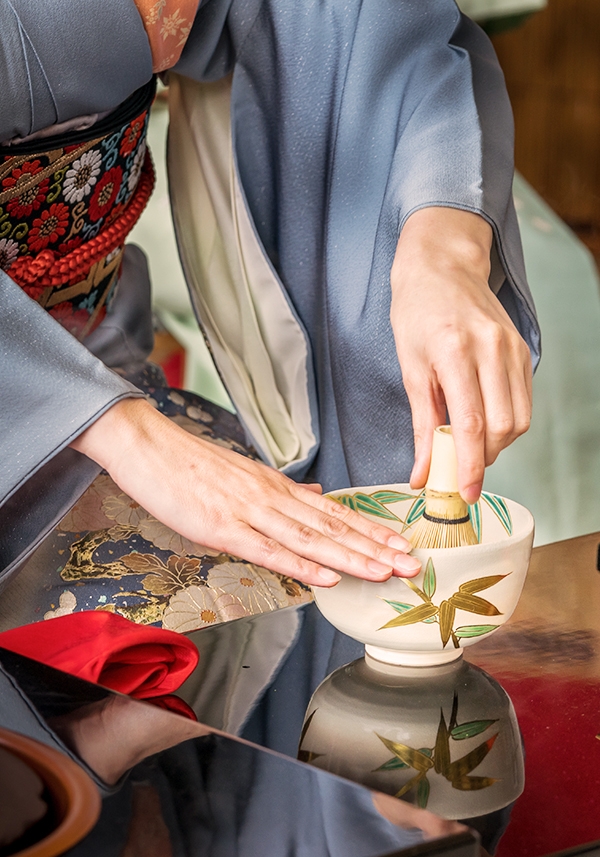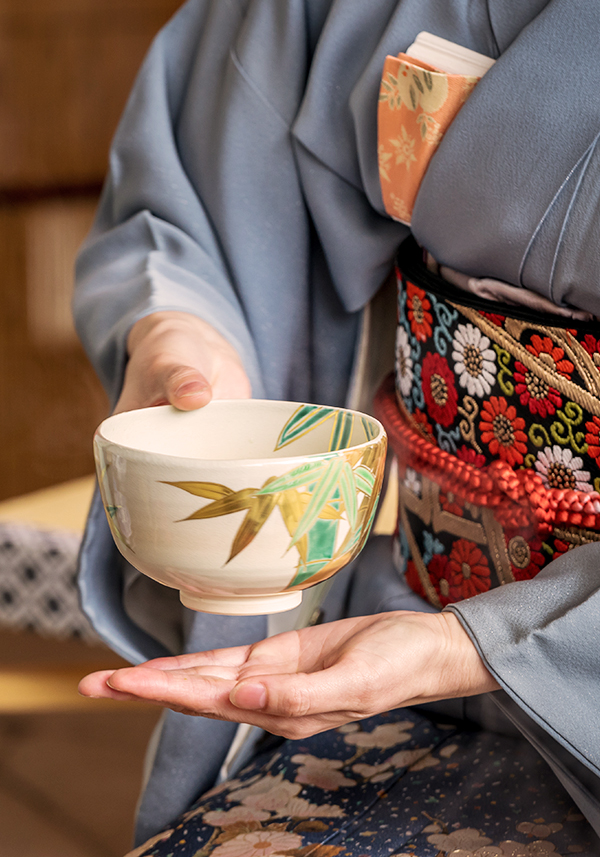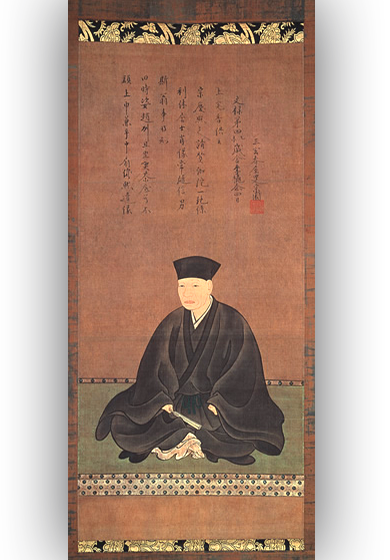The tea awakens the good spirit and the wise thoughts.
It refreshes your body and calms your mind. If you are depressed, tea will encourage you.
Emperor Shen Nong (2737-2697 BC)

The history of tea (Camilla Sinensis) goes back almost 5,000 years and is attributed to the legendary Chinese Emperor Shen Nung. Initially, they used exclusively Chinese herbalists. Educated Buddhist monks first established the drink in their monasteries and appreciated it for long meditations in the afternoon hours.
The tea experience established itself over centuries from China to Japan. According to the ancient scriptures, in the year 1191 the Buddhist monk Eichu (永忠) brought the seeds of the tea plant to Japan.

The plant was also used in a new method of preparation directly after harvest from steamed and dried tea leaves. Through this process, right after the harvest, the fermentation of the formerly black tea was stopped - the result was the green tea.
With the green tea, part of the mental attitude of Buddhism had traveled. Soon the Japanese nobility and the upper classes also discovered the green tea and for a long time it was reserved for them alone.
800 years ago, the enjoyment of tea in powdered form (Matcha) became established. The tea plants themselves have since been darkened weeks before harvest to optimize the balance of ingredients for an even better tea experience.
Nevertheless, the dried leaf material required an ever more extensive cleaning of the leaves and release of unwanted components (old leaves with too much bitter taste or caffeine).
Allegedly, freshly squeezed juice from the leaves is dried and added to the powders. What is still extracted in the centuries-old secret recipes of families from the leaves and how - nobody knows.
What we know from tea tech is the result of the procedures. For some of the most valuable (most expensive) varieties, we have analyzed the ratio of the most important individual ingredients in a laboratory. Because the substances themselves are present in all teas - regardless of the price. Therefore, you can quite naturally via water extracts, from the much cheaper tea extracts, come to a similar ratio of the main ingredients. Now all people have access to a product that is very close to the tea experience of a Ceremonial Grade Tea Matcha and Gyokuro. The fine and intensive taste of a really valuable, cold-prepared Gyokuro remains however, unattainable - but we were not really looking for that. What we wanted was the "Umami" taste of the tea with natural fruit flavors in an incomparably fruity, full flavor - embedded in a matrix of erythritol and the appropriate acids.

Sen no Rikyū - tea master and father of the "way of tea"
The way of tea spread the philosophy of Zen Buddhism in all layers of society. The traditional tea ritual was often about war and peace. In Europe, the perception of this cultural phenomenon is reduced to the pure "tea ceremony".
It was the tea experience with a traditionally prepared so-called "jade tea" from Gyokuro, which inspired us for our candy. The unique balance of the ingredients when pouring Gyokuro with only 40 degrees warm water, was our role model for the tea candy. On special occasions, frozen ice cream is used in Japan, which is made from the finest Gyokuro varieties. It will take you three hours to enjoy the first spoonfuls of shimmering jade tea ... delicious, uniquely mild yet full of volume.Image: Wikipedia.org, tea master and father of the "way of tea" Sen no Rikyū, Sen no Rikyū, painted by Hasegawa Tōhaku

